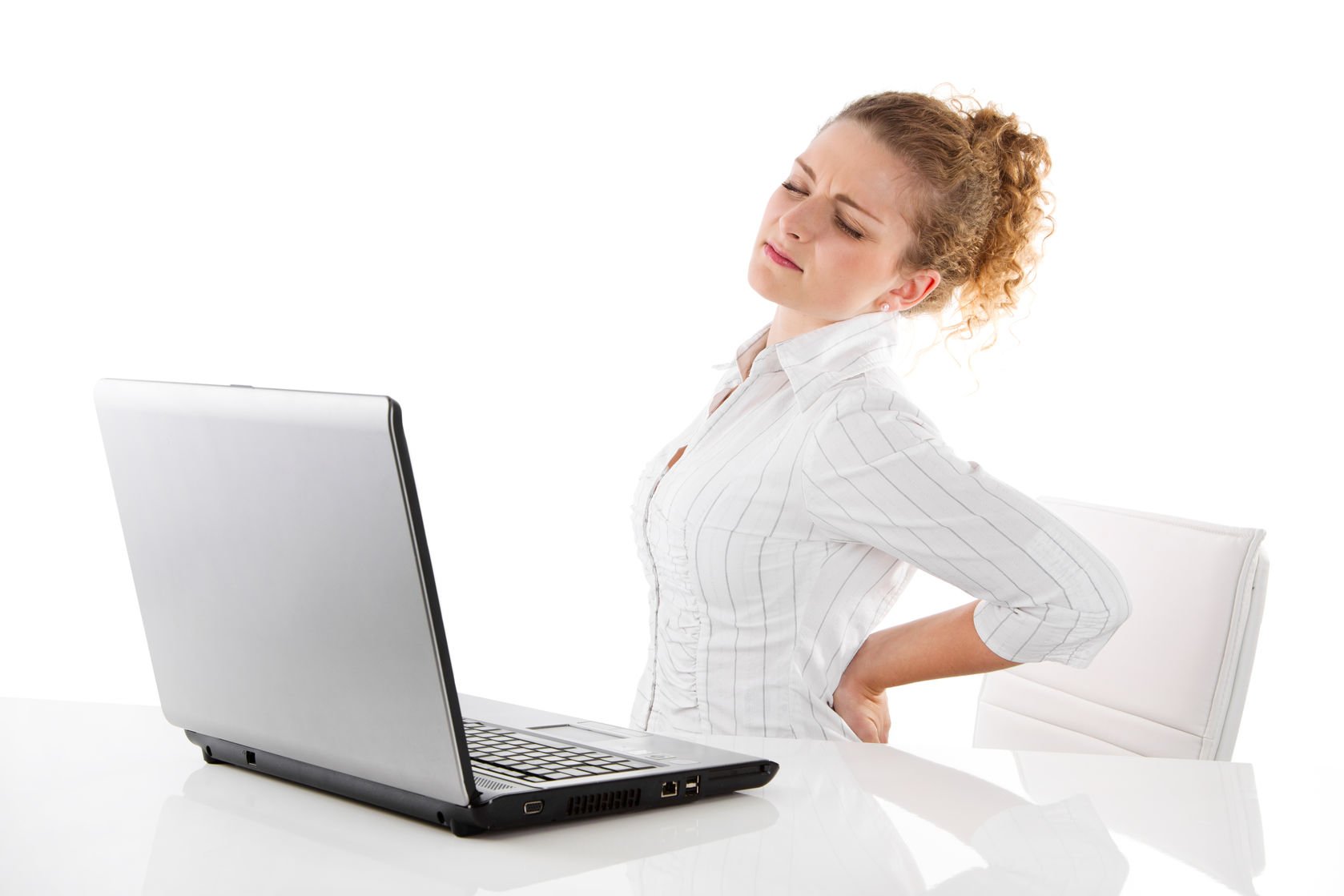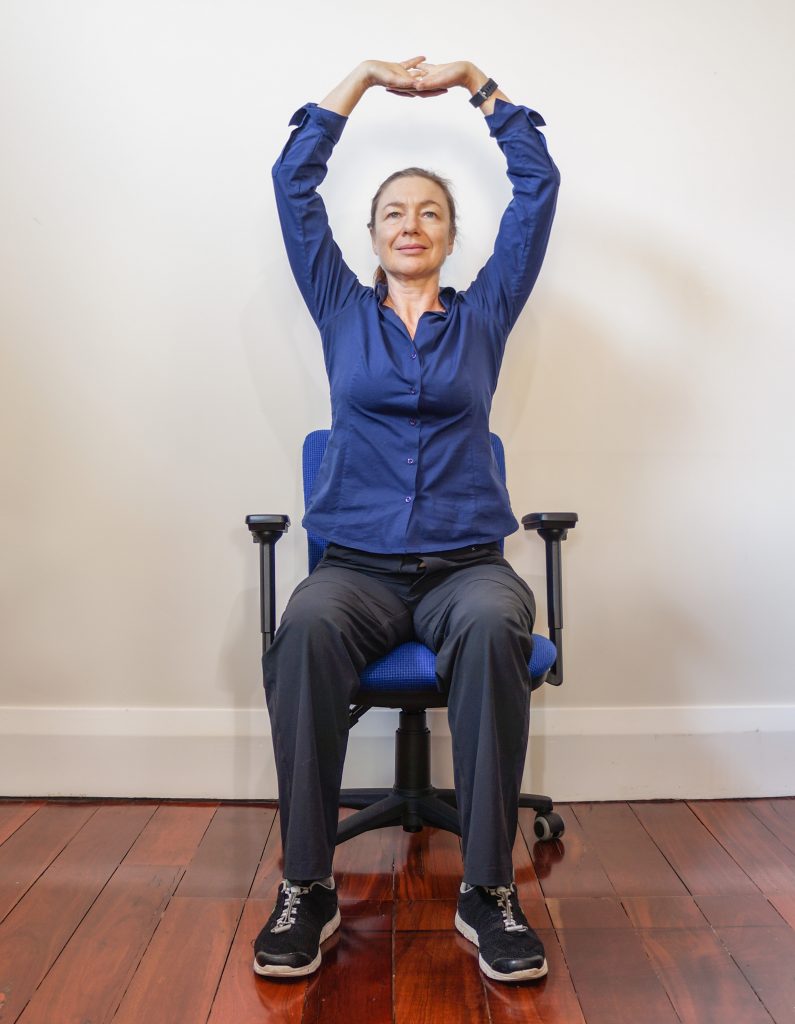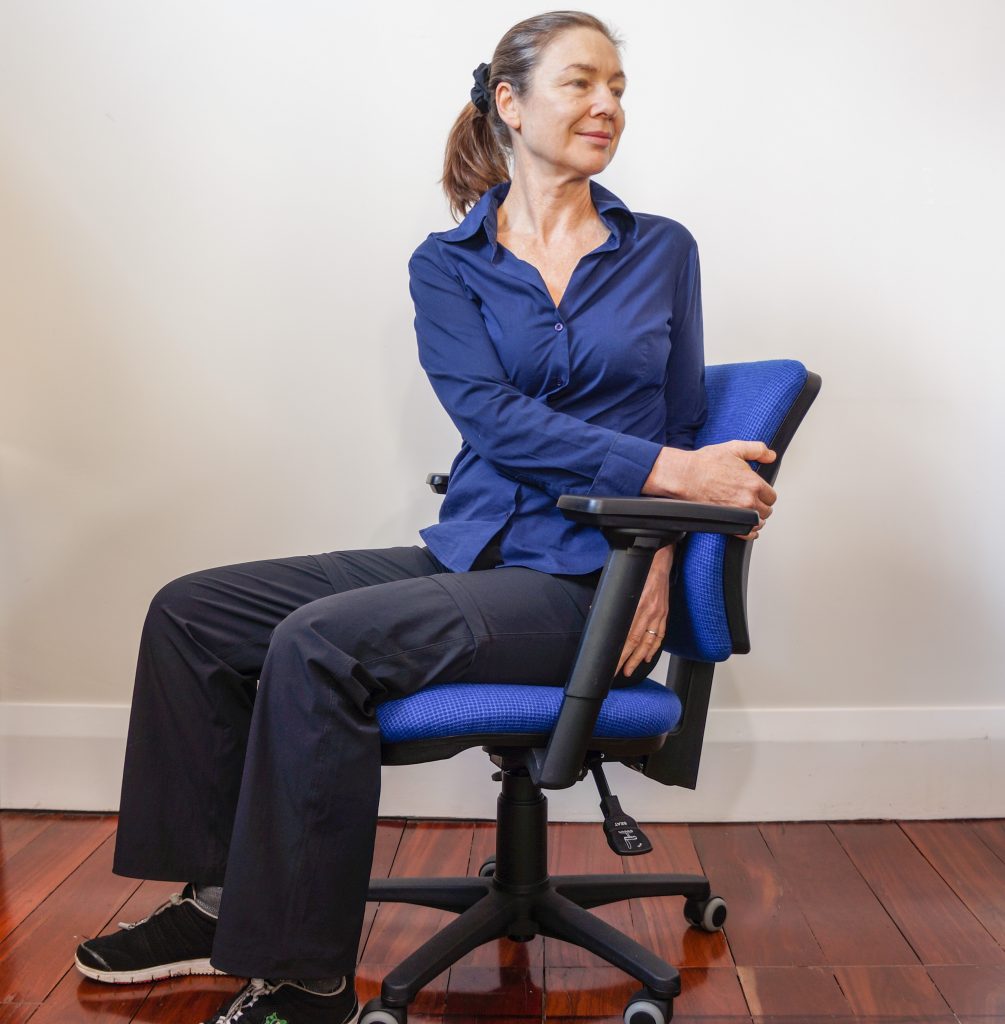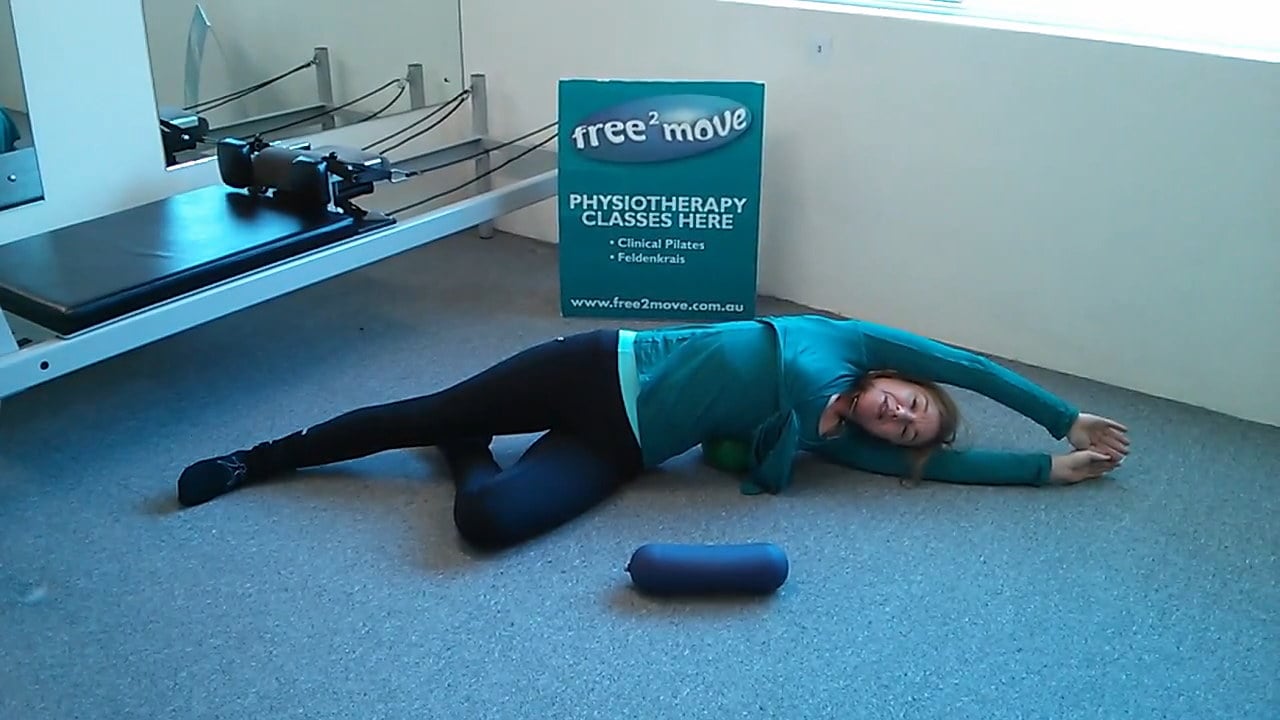Your cart is currently empty!
Tag: stretch
-

5 Ways to Counteract Sitting at Work

Five Ways to Counteract Sitting at Work
1. Micro-breaks
Eye breaks – every 20 minutes spend 20 seconds focusing your eyes on something 20 feet away from you (the 20 – 20 – 20 exercise). You should also blink the eyes a few times to lubricate them.

Deep breathing with an overhead stretch (sitting or standing). Interlace the fingers. Take a deep breath in as you raise your hands overhead and turn the palms towards the ceiling, looking upwards slightly. Repeat 3 times.
2. Walking breaks
Once every 30 to 60 minutes move away from your desk and walk briskly around the office. These short periods of activity that are simply part of your daily routine are known as ‘incidental exercise’. They are useful for preventing stagnation of the circulation. They help to raise your metabolic rate. There are many apps available to help remind you to get out of your chair.
You may simply get up, walk to another room and drink a glass of water or use the bathroom. It doesn’t necessarily mean that you stop working either. The break could be used, for example, to discuss something with a colleague or use the photocopier. Walking or jogging on the spot can provide an additional boost for your circulation. A short but brisk walk during the lunch break is another possibility.
3. Walking meetings and walking phone calls
Standing or walking during meetings helps increase activity level and lifts metabolic rate. If you use a mobile phone at work, make sure you have earphones with an inbuilt microphone. This way you can remain mobile while talking with colleagues or clients.
4. Walk to work
If you live too far from work to walk there, try parking your car further away and walking for the last 10 or 20 minutes. Taking public transport usually involves walking to and from the train or bus, which could be an improvement on taking your car. Research shows that we need an absolute minimum of 150 minutes a week of cardio-vascular exercise. This can be made up of any blocks of exercise that are at least 10 minutes long.
5. Active computer work stations and fit desks
Active work stations and fitdesks are a fantastic way to increase activity levels during the working day. Treadmill work stations allow you walk while you work. Cubii is an under desk elliptical that you can use while you work, without your knees hitting the desk. It has bluetooth connectivity so you can keep track of how far you have pedaled on your phone. Here is an interesting article that compares cycling desks with treadmill desks. The treadmill desks are more expensive but don’t interfere as much with productivity and the ability to work on a computer.
Stretches you can do at your desk
Stretches at work are helpful for reducing muscular tension and feelings of stiffness.
The following stretches can be done without leaving the vicinity of your desk. They target the most common places people feel tension after being at a computer.
READ OUR DISCLAIMER Please seek medical advice before commencing exercises, if you have a painful or medical condition.

Spine twist – Sitting in your chair, twist around to one side and look behind you, hold for a few seconds and repeat to the other side. This exercise helps stretch the shoulders, lengthen the back and fills the lungs with air, expanding the chest.

Forward bend – Sitting in your chair, slide your arms down your legs and let you head hang forwards, hold for 2 or 3 breaths in and out, then return to sitting. This gently stretches the lower back if it has been arching or compressed. It may help to help relieve lower back tension.

Pectoral stretch – Stand up, interlace the hands behind your back and raise the arms slightly towards the ceiling. The pectoral muscles at the front of the shoulders often become tight while using a keyboard. This exercise helps to lengthen them.

Back bend standing – Stand up, tighten the buttock muscles, use the hands to support the lower back and gently lean backwards, while looking upwards. Repeat several times without holding. This helps to counteracted a rounded lower back that can occur from slouching.

Stop sign stretch – Stretch one arm out in front of you with your elbow straight and your palm facing forwards, as in a policeman’s stop sign. Use the other hand to gently stretch the fingers back. Hold for a few seconds then repeat on the other side. This forearm stretch helps prevent Golfer’s Elbow (pain on the inside of the elbow).

Forearm stretch – Make a soft fist with one hand and extend it out in front of you, elbow straight. Turn the thumb side of the hand slightly towards the floor. Use the other hand to gently bend the wrist downwards. Do not do this stretch if you feel strain in the wrist. You may feel a stretch in the forearm if the extensor muscles which attach to the outside of the elbow are tight. Tight wrist extensors can lead to Tennis Elbow.
Also refer to our article “The Risks of Prolonged Sitting”
-

Pilates Mini-ball Exercise 3 : Hip Flexor Stretch
This Pilates exercise combines core stability and balance work with a gentle stretch for the psoas muscle in the front of the hip.
-

Pilates Mini-ball Exercise 5: Side Stretch
This is a great stretch for the muscles along the side of you chest and waist as well as the area under your arm. Intermediate level.
PLEASE REMEMBER: Listen to your body, move slowly and mindfully and never do anything that doesn’t feel comfortable or right to you. This is an intermediate level exercise.
DISCLAIMER: Always seek the advice of a medical professional before beginning any new exercise programme. Jodie Krantz, Free to Move Training and it’s employees and contractors are not liable for any injuries sustained while participating in this exercise programme.
